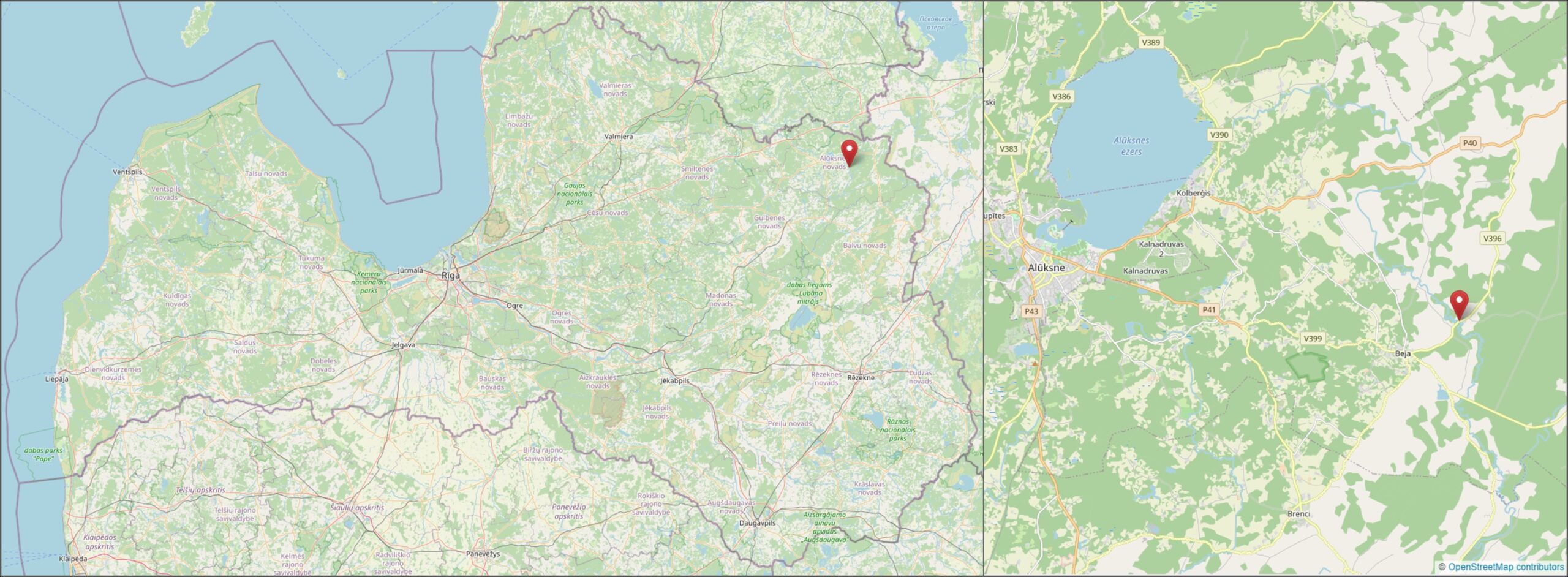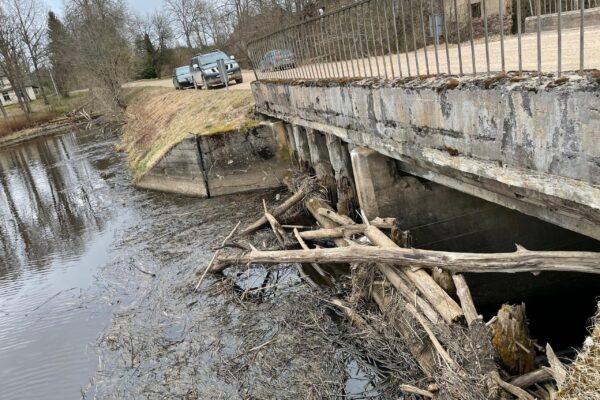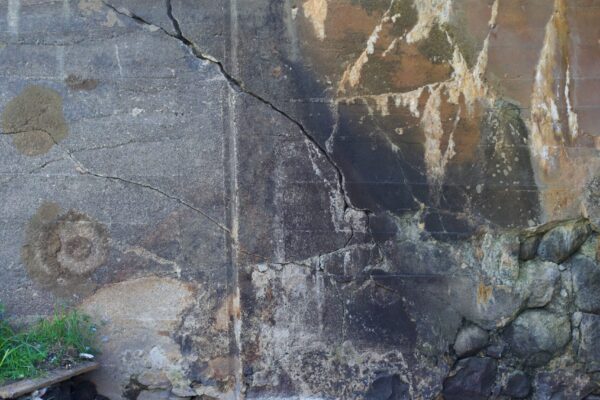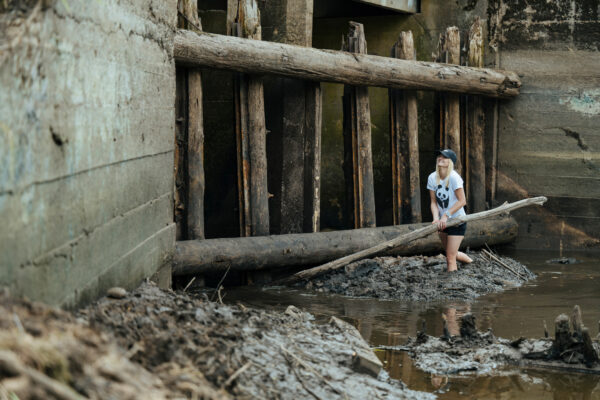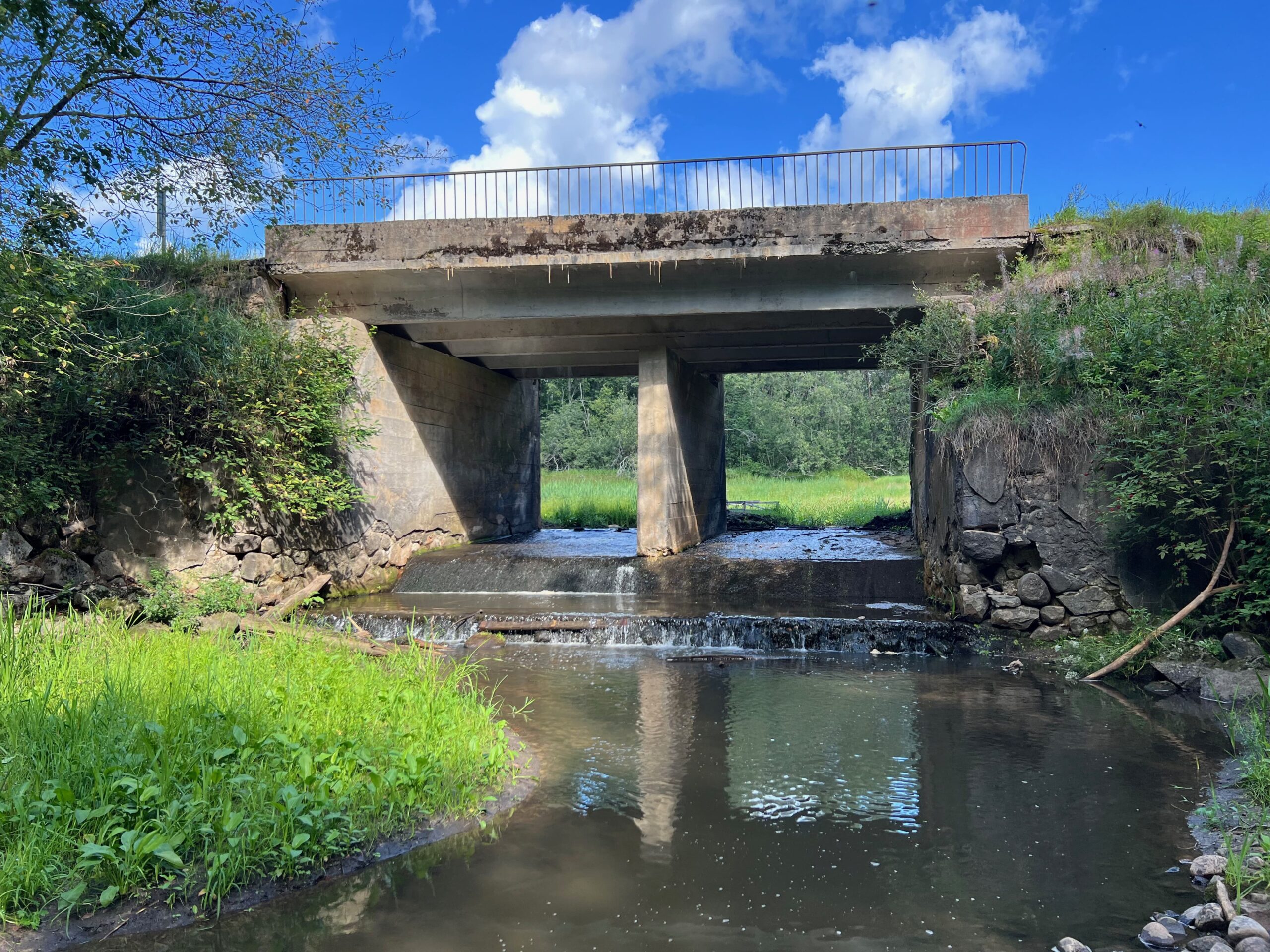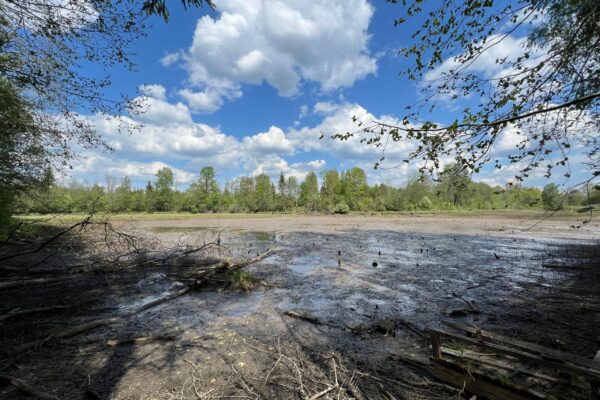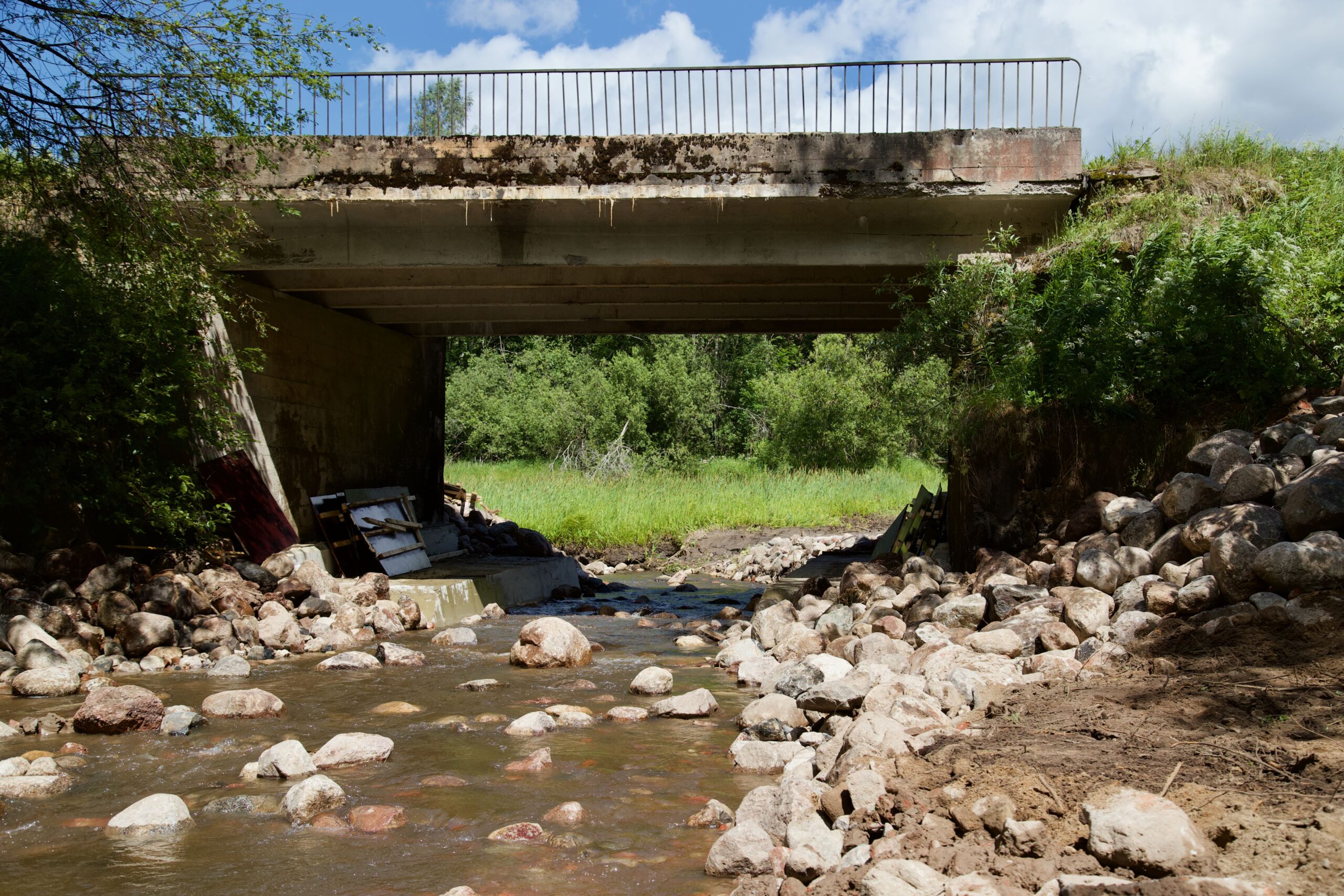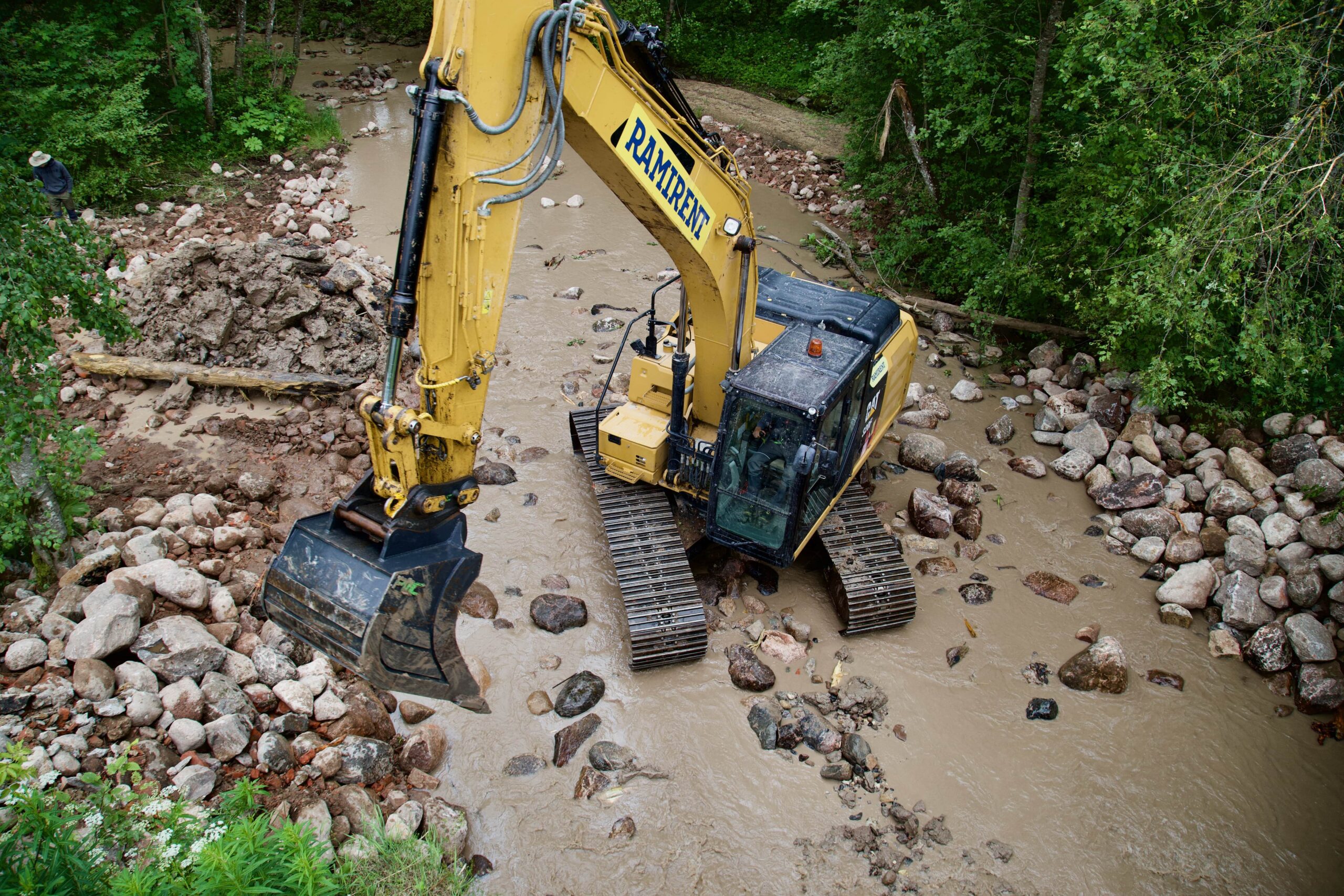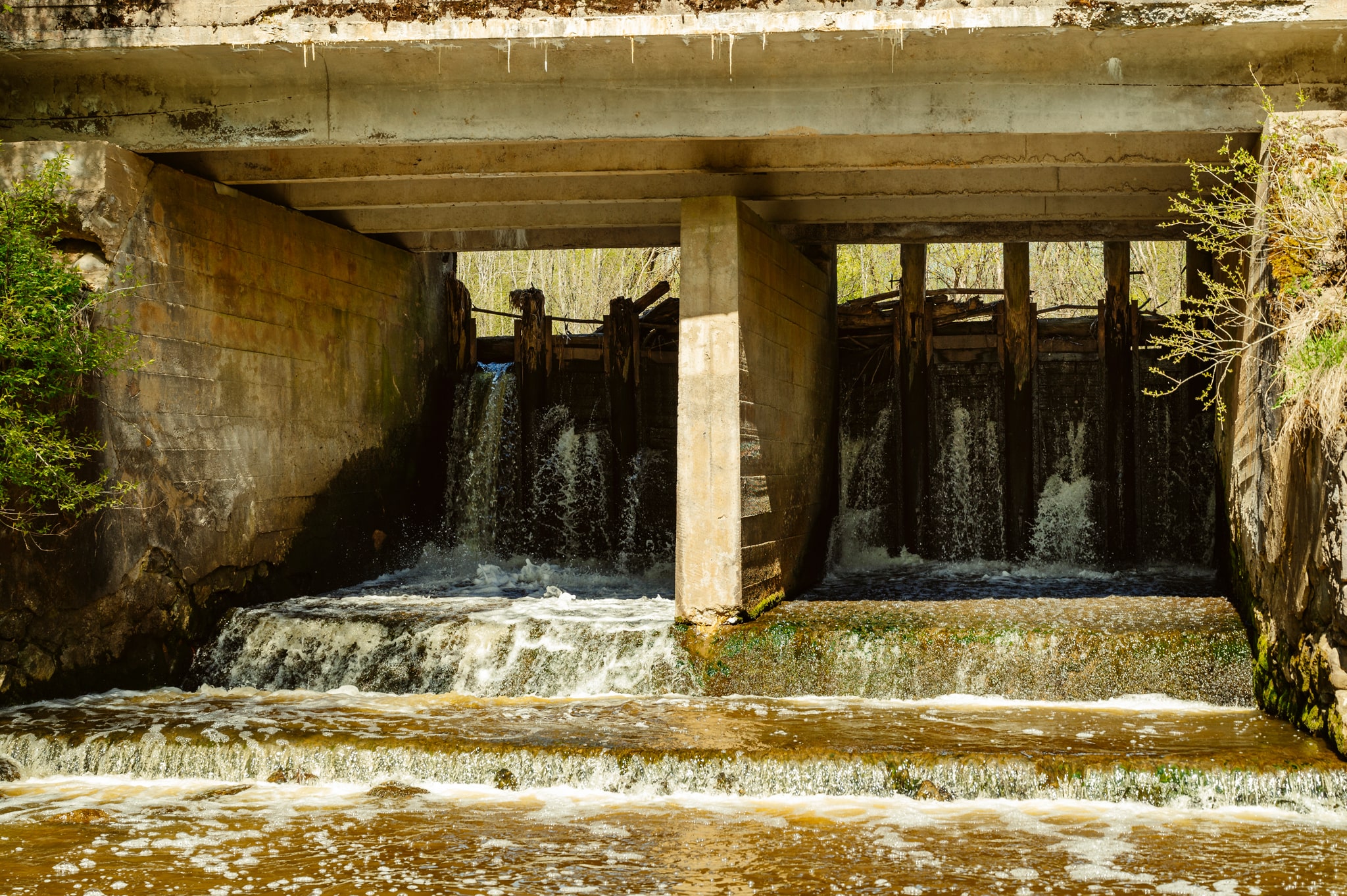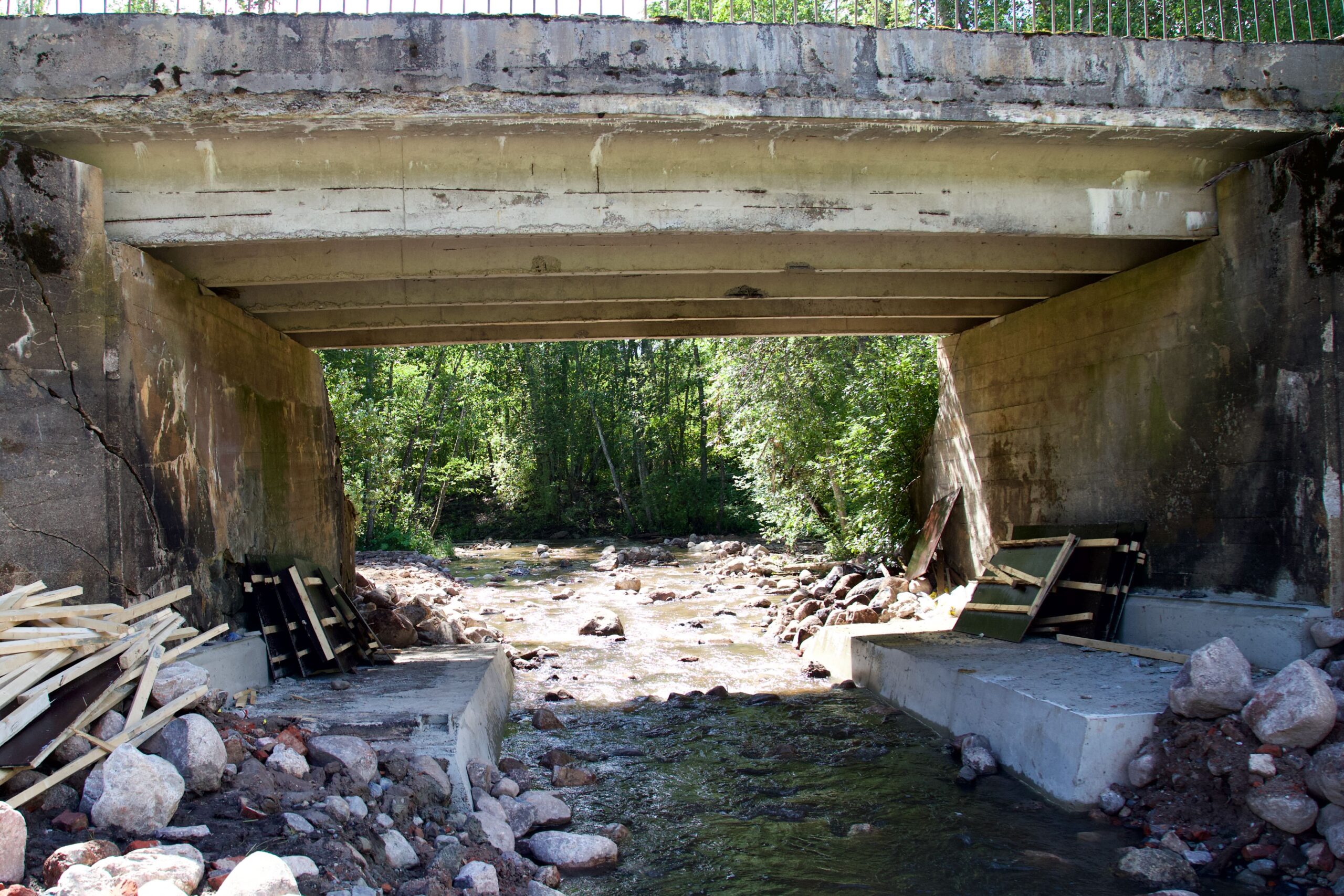River Alūksne is once again free-flowing thanks to the removal of the Beja Dam
River Alūksne is once again free-flowing thanks to the removal of the Beja Dam
The River Beja is a small, fast flowing river in the Eastern part of Latvia (Figure 1). It is 24 km long, flows out from Lake Alūksne and enters River Pededze, and its watershed is 120 km2. The river is in the “Daugava” river basin, which is one of the four main river basins in the country. It is named after Beja, a small village, and a nearby protected area, the “Beja Forests”. The river is also known as Alūksne, which is the name of a nearby city and a lake close to where the river springs from.


